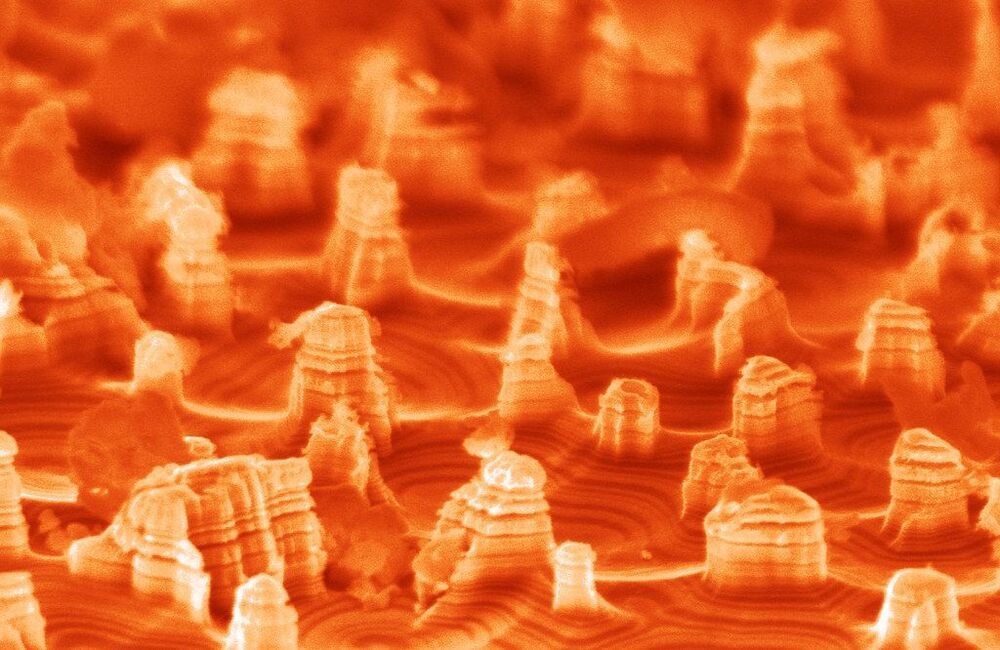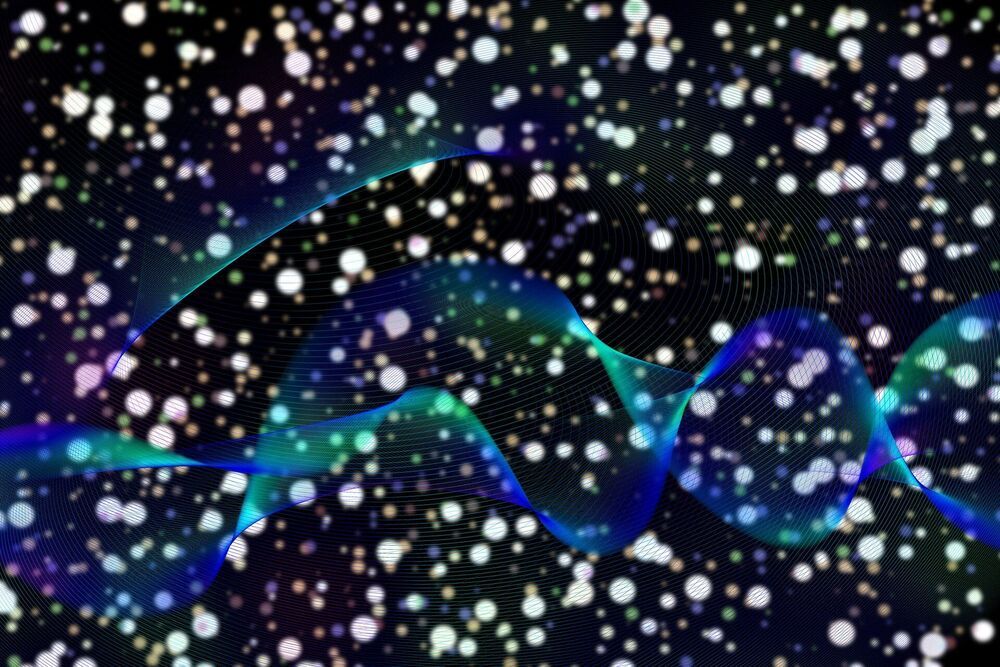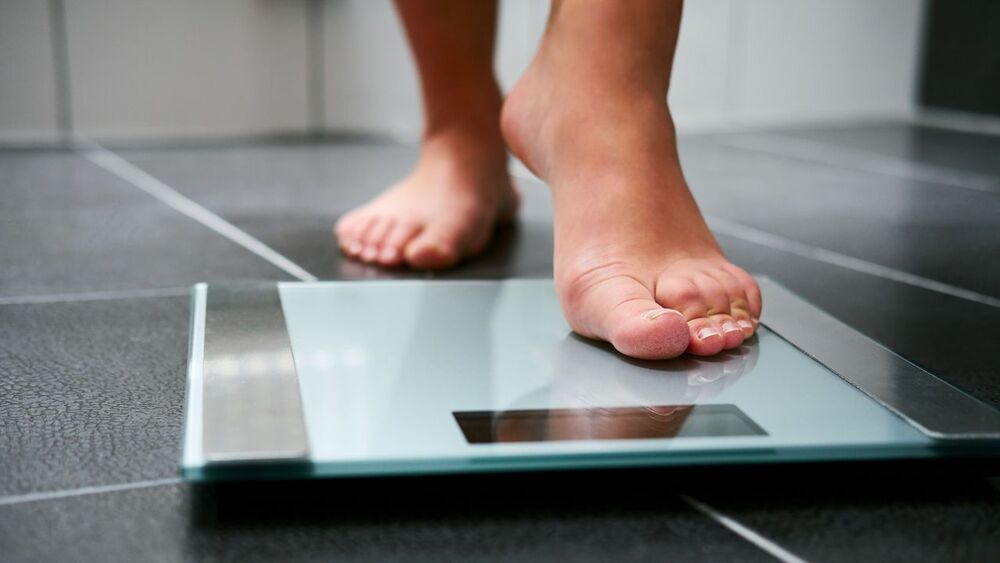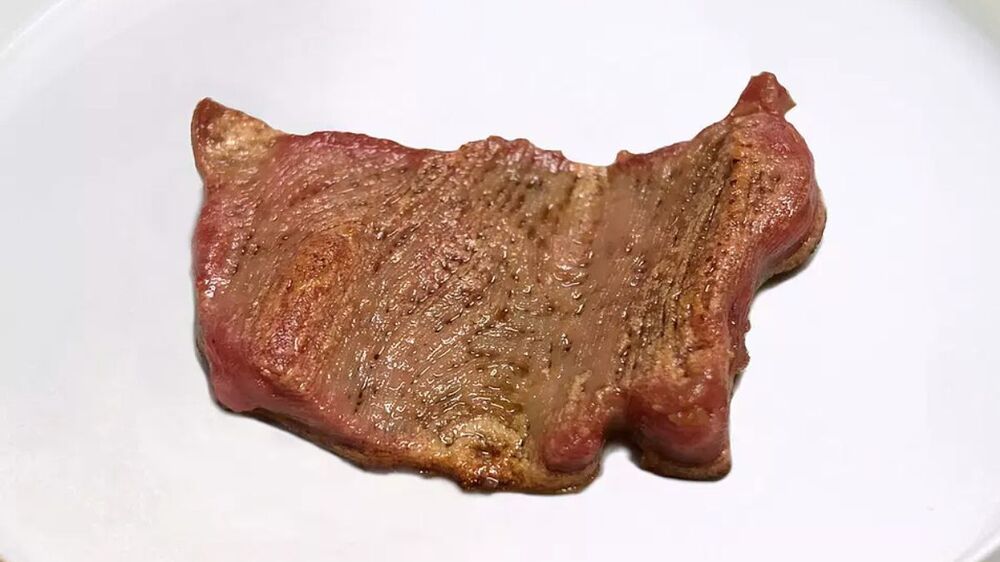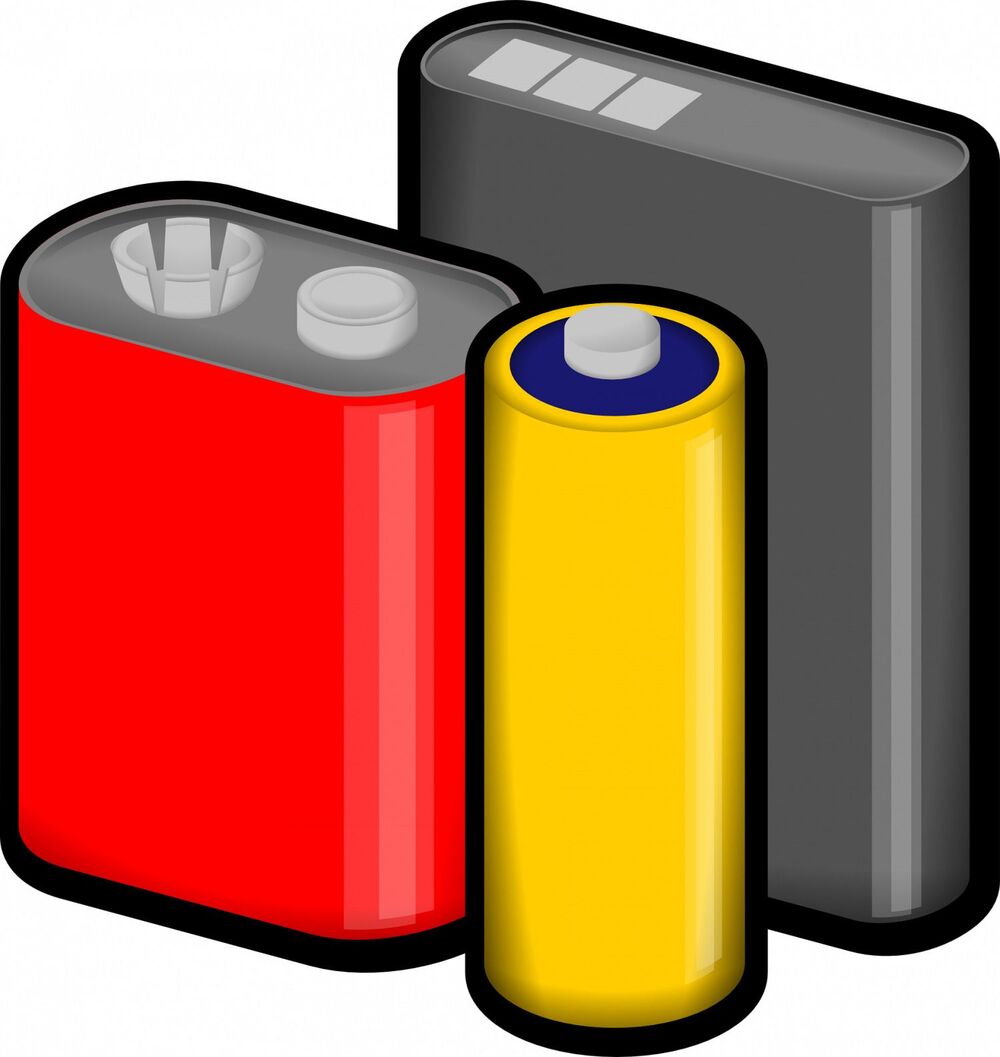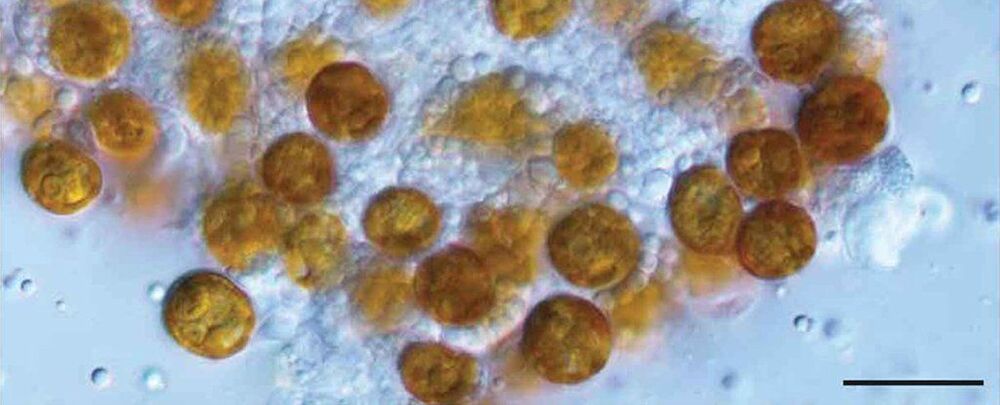The researchers explain that the development involves a new and very strong biological material, similar to collagen, which is non-toxic and causes no harm to the body’s tissues. The researchers believe that this new nanotechnology has many potential applications in medicine, including harvesting clean energy to operate devices implanted in the body (such as pacemakers) through the body’s natural movements, eliminating the need for batteries.
The study was led by Prof. Ehud Gazit of the Shmunis School of Biomedicine and Cancer Research at the Wise Faculty of Life Sciences, the Department of Materials Science and Engineering at the Fleischman Faculty of Engineering and the Center for Nanoscience and Nanotechnology, along with his lab team, Dr. Santu Bera and Dr. Wei Ji.
Also taking part in the study were researchers from the Weizmann Institute and a number of research institutes in Ireland, China and Australia. As a result of their findings, the researchers received two ERC-POC grants aimed at using the scientific research from the ERC grant that Gazit had previously won for applied technology. The research was published in the prestigious journal Nature Communications.
Prof. Gazit, who is also Founding Director of the Blavatnik Center for Drug Discovery, explains: Collagen is the most prevalent protein in the human body, constituting about 30% of all of the proteins in our body. It is a biological material with a helical structure and a variety of important physical properties, such as mechanical strength and flexibility, which are useful in many applications. However, because the collagen molecule itself is large and complex, researchers have long been looking for a minimalistic, short and simple molecule that is based on collagen and exhibits similar properties. About a year and a half ago, in the journal Nature Materials, our group published a study in which we used nanotechnological means to engineer a new biological material that meets these requirements.
